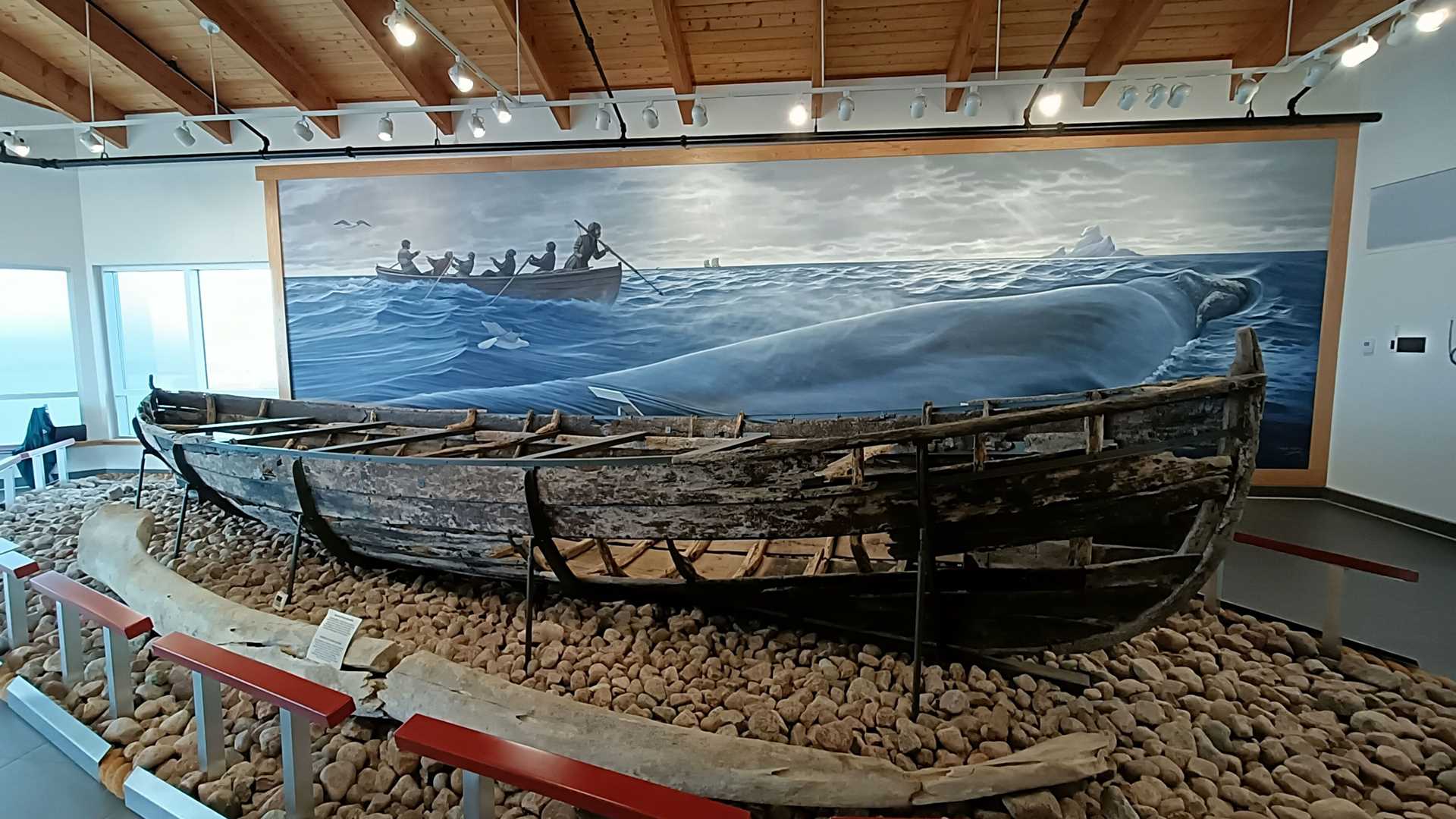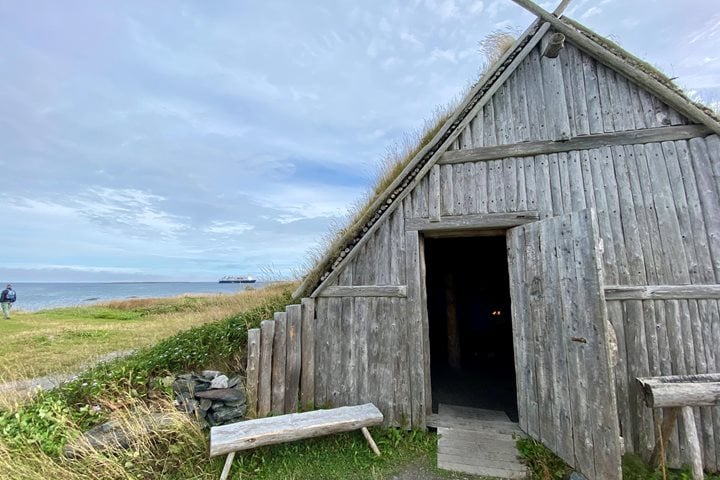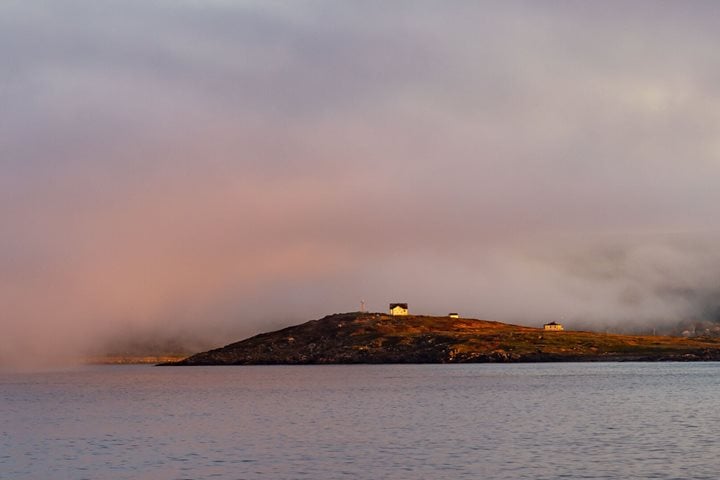Today, we fell in love with Red Bay. This fishing community of about 140 residents is set in a secluded inlet on the east coast of Labrador. The community cemented itself in our hearts with its beautiful scenery, extremely well-documented historical interpretive centers, enticing Basque whaling history, delicious fried cod / fish’n’chips lunch, and, perhaps, most of all, its incredibly warm hospitality. For a place that so many guests had never heard of before today, Red Bay might be one of our new favorite sites in the Canadian Maritimes.
Red Bay has a notable history dating back to the 1500s as a seasonal Basque whaling station. UNESCO designated this location as a World Heritage Site in 2013 for its remarkably complete and well-preserved examples of the European whaling tradition starting in the 1530s, including the remains of trypots (pots for rendering whale blubber), living quarters, cemeteries, and wharves. Red Bay is also home to the remains from shipwrecked whaling vessels. Earlier in the week, we learned from undersea archeologist Clara Fuquen about the wreck of the galleon, San Juan, and the associated rowing vessel for pursuing the whales, called a “chalupa.” When the San Juan was uncovered near Saddle Island, just off the coast of Red Bay, archaeologists also recovered a wonderfully intact chalupa, which is now on display in a new Parks Canada Interpretation Centre.
Using a local boat, we transferred in small groups to Saddle Island, now an idyllic, offshore isle with a well-maintained trail and Parks Canada historical interpretation. In the Basque era, this was the site of the main whaling operations, and it has been the focus of extensive research and past archeological digs.
Across the water in the main town, we visited a 400-year-old whale skeleton with displays about the protection of Bowhead and North Atlantic right whales. Undoubtedly, there are many more whale bones in Red Bay and the harbor, and there are even whale bones washed ashore along a local hiking trail.
The whaling story is a grim one, but the oil allowed Europe to develop and flourish. Fortunately, with hunting moratoria in place, some species of whales have made a miraculous comeback. This couldn’t have been more evident than by our encounter with two humpback whales just after leaving the Red Bay anchorage. The sea water was so clear that we were able to watch the white pectoral fins of these graceful creatures as they hunted small fish. It was the perfect way to spend a spectacular day!







